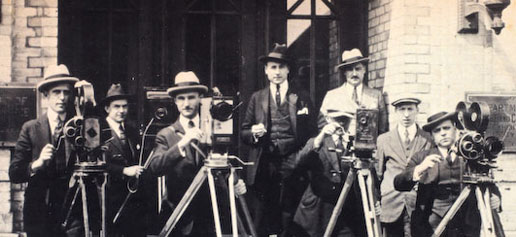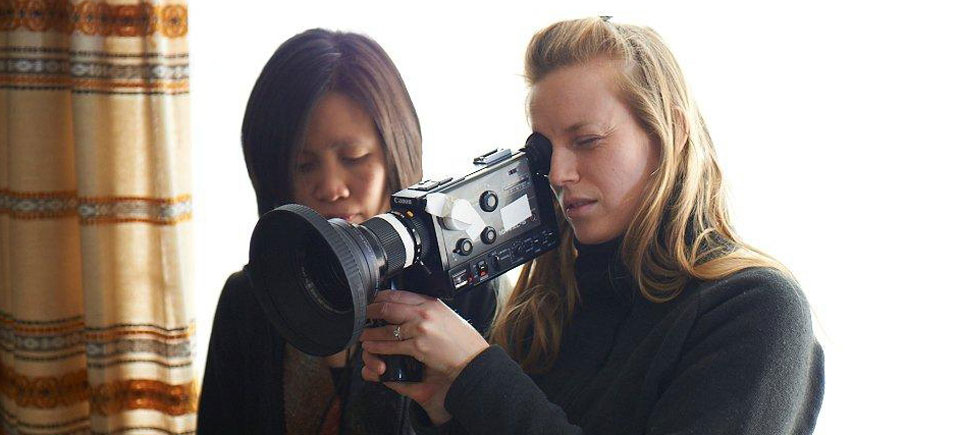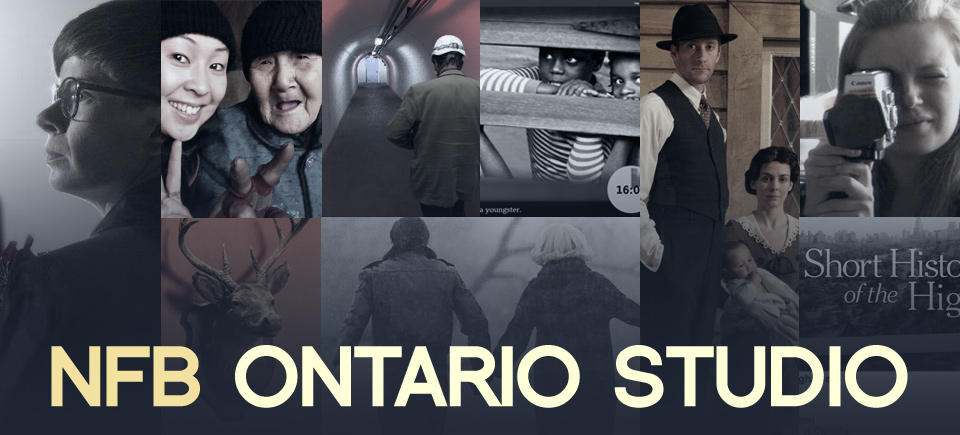Demystifying Camera Terms: 7 camera moves explained
Last week, I wrote about different camera shots. This week I’m going to cover language that describes how the camera moves.
Why the camera moves for a given shot is purely the director’s (and sometimes camera operator/director of photography’s) decision, depending on the reaction they want to elicit from the audience. I can’t tell you why they make those decisions, but I can tell you what each term means.
Pan: A pan is when the camera swivels sideways, showing a horizontal scene.
Whip pan: A very fast pan, usually from one character to another.
Tilt: A vertical pan (up and down, rather than side to side).
Dolly Shot: A dolly is a wheeled platform you mount a camera on so that it glides across the floor. Dolly In means wheeling the camera towards the subject. Dolly Out refers to wheeling away from the subject.
Tracking: You can also put the camera on tracks (usually set up by a grip), and tracking refers to when the camera moves along the tracks.
Crane Shot: You can also mount a camera on a crane (a wide variety of cranes, actually), and craning up and down refers to raising or lowering the camera on the crane.
Note: Dolly, tracking and crane shots require special equipment.
Zoom: Rather than the above, you can create the illusion of movement by using a zoom lens. The Crash Zoom is a very fast zoom – use with caution.
***
Updated (02/19/10): I received this comment for a colleague, and it certainly clarifies some of the above terminology: A tracking shot is a shot where the camera is roughly perpendicular to the TRAVEL of the camera. It can be done with a dolly on tracks, without tracks, with a Steadicam…or even hand held. The other side of that is a dolly-in shot can also be done on tracks. The tracks actually have nothing to do with the CAMERA MOVE. Same goes for the fact that a DOLLY IN…can actually be done on a crane. The SuperTechno Crane can actually do almost everything without typical crane ARTIFACTS.
***
I’m crafting these posts from a combination of my own knowledge and some documentation I found here at the NFB. If there’s anything specific you’d like to know more about, please ask!





Camera height is crucial. The rule of thumb that always works is to have the camera ever so slightly below the eye level of the subject. Just try it, set up a shot where the cam is above that and you will feel the subject diminished, which might be what you want, but for reasons that I cant explain scientifically that “just below the eyes” thing works.
Thank you Steve. 🙂
Camera height should be set at eyeline, as to not create a diminutive, nor magnificent effect. But that can also be part of your blocking…set it up, take a look..change position.
How do you determine what height to set the camera at? For example, I’m 5’8″ tall and am setting up a medium shot (approximately). My actor is going to be framed looking stage left and from roughly the lower torso up (with a little empty space above her head so as not to have the top of her head cut off). Now, I set my camera on the tripod and the camera is level (gauged by looking at the bubble suspended in water thingie), so at this point, how do I determine how high the camera should be (assume that I’m NOT looking up or down at her for building drama within the frame)? Is there some general unspoken rule that everyone in the industry follows or is there a more scientific ‘rules of film’ answer?